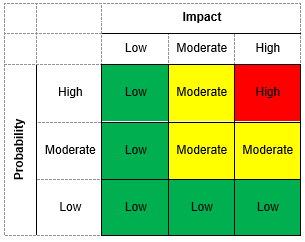This project aims to support a due diligence processs by reviewing and auditing water-related factors of risk for orchard fruit farming in including availibility and access, climate change impact, water quality, and potential conflicts and competence among water-demand users.
FutureWater supports Fiera Comox in its due diligence process for the acquisition of a vertically integrated tree-fruit operation in North Spain. Particularly, FutureWater addresses an overall assessment of the most important water-related factors of risk that may control the current and medium-term feasibility of the fruit orchard farming system of interest. The application of FutureWater’s approach applies a multicriteria analysis and allows to qualify the levels of risk for each key factor analyzed.
FutureWater’s approach rests on: 1) the collection and analysis of data retrieved from documents, large datasets, and in-situ field inspections and stakeholder interviews, and 2) the scoring of the risks previously identified based on a final expert judgment.
Key sources of information for this risk screening included:
- Existing documentation, reports, plans, and local legislation that may affect the access to water for irrigation
- Existing and publicly accessible spatial and GIS data, including satellite imagery and thematic datasets available through national and regional agencies and platforms (Ebro River Basin Authority, National Infrastructure of Geospatial Data, Spanish Information System of Water)
- Meteorological data (rainfall and temperature) from nearby weather stations
- Groundwater level from the Spanish National Ministry of Environment.
- Private data and documents generated by clients and stakeholders through personal and follow-up communications with farmer
Key variables analyzed and evaluated at the district and regional scales, to the extent relevant to the farm, included:
- Water availability of surface and groundwater resources. For groundwater, a trend analysis of water levels, and first-order assessment of quality constraints and risks is included.
- Impacts of climate change on water resources availability based on rainfall and temperature trends and projections for the region.
- Water quality for irrigation purposes.
- Potential conflicts due to competition for water in agriculture and other sectors of activity.
Legislative and policy-related factors that may affect the overall performance were also analyzed risk-by-risk.
Four factors of risk were analyzed: water availability, climate change, water quality, and water conflict. Each factor of risk was scored according to a risk matrix in which levels of probability of occurrence and impact severity were qualified based on data and expert judgement. For each factor, a risk matrix with three levels of overall risk were adopted: Low Risk (L), Moderate Risk (M), and High Risk (H)


In this particular project, the approach was implemented in four different settings located in the area.



